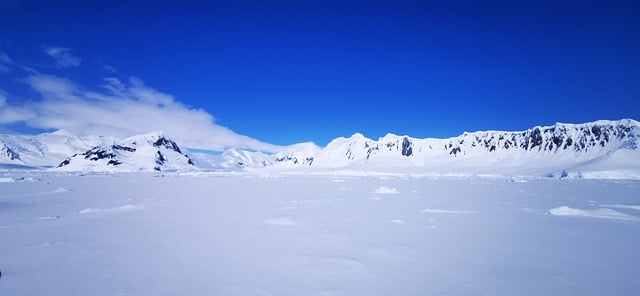A new study by British Antarctic Survey (BAS) scientists has uncovered a previously unknown tipping point beneath the Antarctic ice sheet. The research, published in Nature Geoscience, shows how warm water seeping underneath the ice can trigger a rapid melting process not currently included in sea level rise prediction models.
This discovery could significantly alter our understanding of how quickly Antarctic ice will melt in response to global warming. It suggests that current projections of sea level rise might be substantial underestimates, potentially requiring coastal areas to adapt more quickly and extensively than previously thought.
The Grounding Zone: Where Ice Meets Ocean
The study focuses on a critical area called the grounding zone, where land-based ice transitions to floating ice shelves. As ice moves from land to sea, it eventually melts, contributing to sea level rise. This process occurs around the coasts of Antarctica and Greenland and is a major factor in global sea level increases.
Alex Bradley, an ice dynamics researcher at BAS and lead author of the paper, explains the significance: “We have identified the possibility of a new tipping-point in Antarctic ice sheet melting. This means our projections of sea level rise might be significant underestimates.”
The researchers modeled how seawater can infiltrate between the land and the ice sheet resting on it. They examined how this infiltration affects localized ice melting, lubricates the bed, and influences the speed at which ice could slide towards the sea. Crucially, they investigated how this process accelerates as water temperatures rise.
A Small Change with Big Consequences
The study reveals a concerning feedback loop. As warm water melts ice in the grounding zone, it creates new cavities. These cavities allow more warm water to enter, leading to more melting and larger cavities. This cycle can rapidly accelerate with only small increases in water temperature.
“Ice sheets are very sensitive to melting in their grounding zones. We find that grounding zone melting displays a ‘tipping point like’ behaviour, where a very small change in ocean temperature can cause a very big increase in grounding zone melting, which would lead to a very big change in flow of the ice above it,” Bradley notes.
This newly identified process is not currently accounted for in models used by the Intergovernmental Panel on Climate Change (IPCC) and other climate prediction organizations. Including this mechanism could explain why ice sheets in Antarctica and Greenland appear to be shrinking faster than expected.
Bradley and his team are now working to incorporate these findings into existing ice sheet models. “This is missing physics, which isn’t in our ice sheet models. They don’t have the ability to simulate melting beneath grounded ice, which we think is happening. We’re working on putting that into our models now,” he says.
As climate change continues to warm our oceans, understanding these intricate processes becomes increasingly crucial. This research highlights the complexity of ice sheet dynamics and the urgent need for more accurate models to predict and prepare for future sea level rise. With coastal communities around the world at risk, the implications of this discovery extend far beyond the icy shores of Antarctica.


